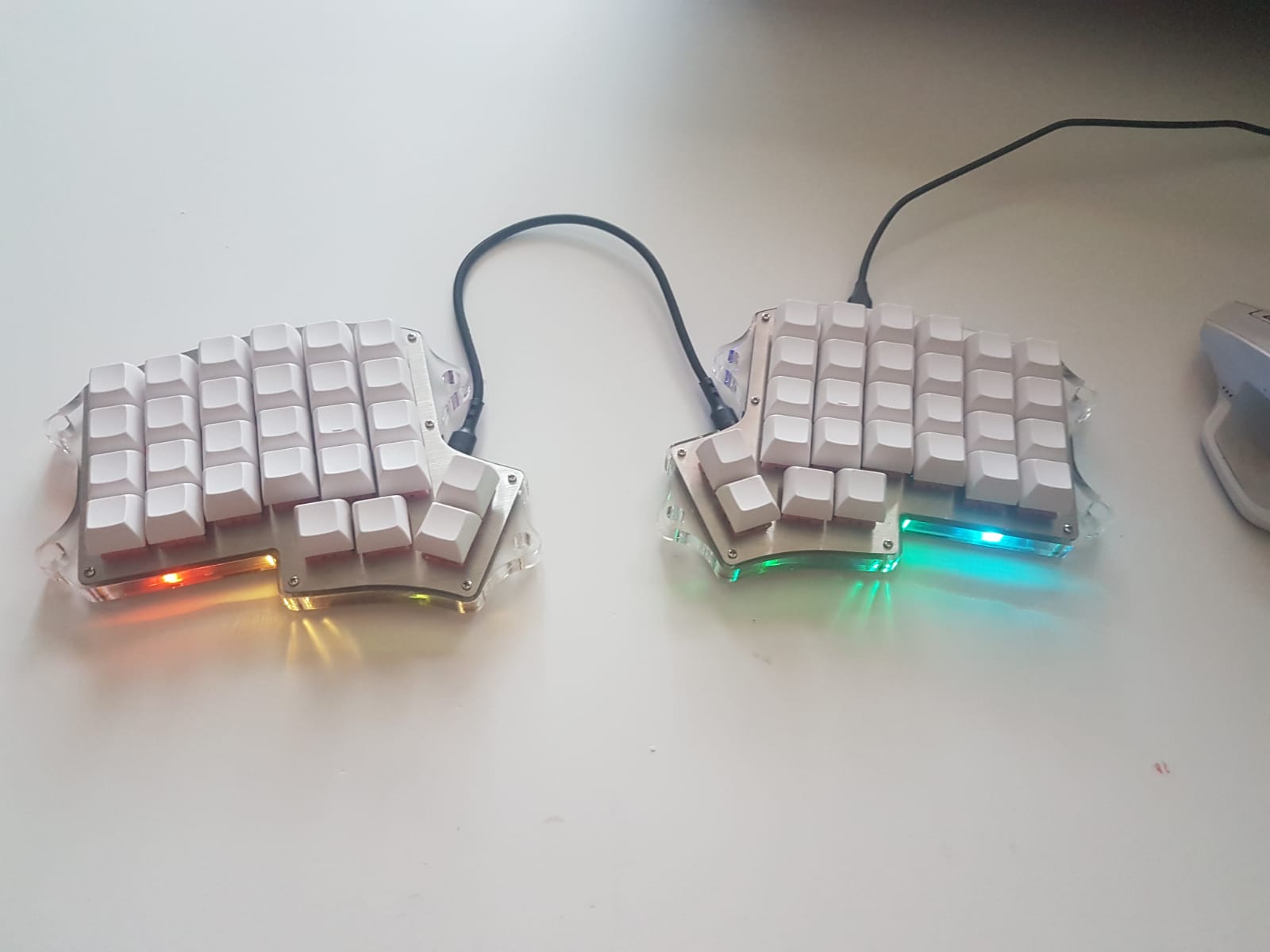WIP. This post is not finished.
Why
For a long time I didn’t care about the note taking too much, thou, I was writing long MS Word documents with the ideas of the project, user stories and other things.
It all changed when I switched to the Linux. Because Linux was pretty much new to me, I had a lot to learn and remember. So, gradually I started to write my little runbooks to document the steps I took to get to the point B. For example, how do I create SSH keys. Or how do I configure my firewall. And so on.
Touch Typing
Almost all of the “productivity’fluencers” never mentions the importance of the touch typing to get into habit of note taking. But in my opinion… that is the very first pill, you should take before getting into note taking. If the typing is the pain for you, then you will not make any notes, nor note taking system. No… you will take notes, but those will be just occasional sessions. Not a real note taking.
It changes, when you are able to type just by looking at the screen. Without hunting for the each letter on the keyboard. Even better, if you can train yourself up to 150 words per minute (wpm), it means, you are able to type almost at a speed of your thought.
Ansible
Over time, after I played with custom runbooks and scripts, I started to write every little system configuration task in Ansible. This gave me systematic space to document my findings, to write some readme’s etc.
Notion, Roam-Research & Co
I tried all of them. And all of them felt… clumsy. They required too much effort just to make a quick note. Like… opening new browser tab already felt too distracting.
Then I found out Obsidian. Local files. I own my content. Reusable file format. It ticked all checkboxes. The only issue was - it’s an Electron app. And somewhat that felt too… clumsy.
As my note taking experience evolved, I finally found out about ZK and ZK-Nvim.
And my puzzle was solved. ZK is Obsidian “compatible”. Which means… all my
notes are kept in a single Git repository. I can open them with Obsidian if
required, but usually I just use Neovim for that.
I have quick keybinds in my Sway config to open my ZK in a floating window. So.. my notes always are there right at my fingertips and I don’t even need to reach for the mouse.
Neovim
Custom Keyboard

Keyboard centric workflow
Over time I moved to keyboard-centric workflow. It even got better once I learned proper touch typing.
i3, Sway and Tmux
Project Readme’s, GitHub issues, Wikis
Before I developed my own “note taking system/pattern”, I tried to use everything else. First it was MS Word. Then it was Google Docs. Then I had my own Confluence server instance. But at that time it was too clumsy to maintain. I didn’t knew nothing about automation. I did everything by hand. Heck… I even didn’t knew Linux all that much. It was just some VM which I somehow magically managed to setup and install Confluence on it. I think it was even Virtualmin UI I used to manage it. So… as more and more system resets came into my life, eventually I lost all of my Confluence knowledge base. Including relevant Jira tasks. At that point it was clear, that I need some simpler way to do my writings.
So after that experience, I tried out GitHub issues, Wiki’s, Readme’s, projects, pages… It was simpler… I don’t need to worry about hosting and backups. But you need to be mindful about what you are putting out in the internet. Most of my stuff was public.
Flat File System
In the Wild Wild Web most of the cases I see people trying to come up with some
file structure for their notes. What directories to use? How should I tag my
notes? How should I name my files. Etc.
I came to realization… that no matter what file structure you will develop, it
always will get in your way. Should I place this note in the the “recipes”
directory or in my “health” directory? And so on. So… the best file structure
it no file structure at all. And this is how all of my thousand+ notes are
structured. Just 2 flat directories - “daily” and “base”. And all of my note
files are named like 202310081951.md. Name of this file never changes. I never
use file tree or explorer to find my notes. ZK handles (indexes) markdown front
matter. This is where intellisense comes from. If at any time my note changes
its content, I can tweak the note title accordingly without renaming entire
file. For me, finding and renaming file is too expensive. By using right tools,
my note management is super simple. None of my internal note links breaks. I can
use file paths in any external applications if required. Markdown is super
versatile and compatible format. It can be consumed by plethora of other tools.
It can be batch processed by scripts.
Also, I think it is worth noting, that I don’t write “creative” content. 99.99% of my notes are just a reminders of some commands, tricks, errors, etc. I might say - a static content. So… for this reason my file organization works really well for me. But if I would be in the more creative way of things… this “file system” might not work.
Next steps
Automate publishing of my internal ZK to my Hugo blog.